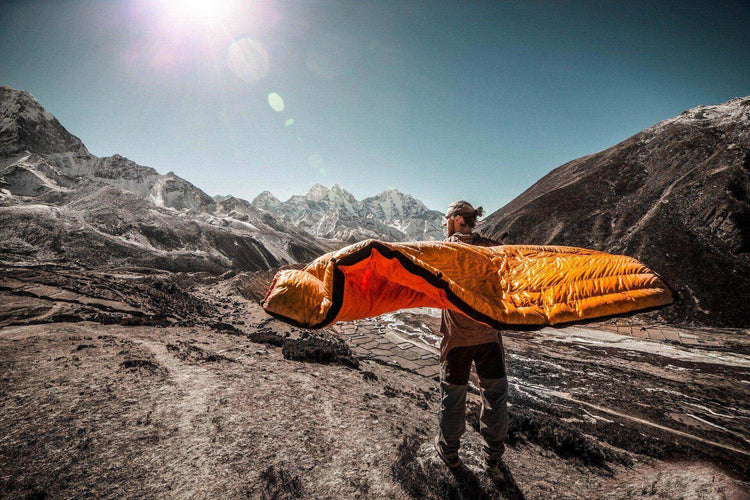You need to be well-equipped with the right camping essentials in the great outdoors. Among those essentials are your sleeping mats and pads. Sleeping outside the right way will spell success in your excursions into nature. Here are a few more factors to help you look for suitable sleeping mats.
Warmth and R-Value Options
The sleeping mat’s R-value indicates the level of insulation from the cold ground. It is a rating range from 1.0 to 5.0. Winter camping gear is at a 5.0 for the extreme cold. Summer gear that doesn’t need warmth or insulation is at a 1.0 to 2.0 R-value.
Outdoor gear should protect you from harsh elements and temperature. Many sleeping pads offer increasing levels of protection from cold temperatures, especially for camping or outdoor trail hike camping. While closed-cell foam mats offer the least protection, they will be best for tents and warmer sleeping locations because of their lack of ground insulation.
For added warmth, thicker coverable sleeping bags don’t need self-inflating systems and are lighter alternatives. They are also easier to set up and pack. But the downside is their bulk.
Self-inflating and insulated air mats are elevated with air chambers. They have more insulation and resistance to the ground. Both of them still offer better cold protection due to the air bars and chambers between the body and the ground. It provides the proper air circulation in between for proper temperature control.
Build and Durability
Thicker layered sleeping mats with added soft polycotton and nylon offer average lightness but extra warmth. But these types of mats have no extra insulation. You can use them inside tents or for not so extreme cold overnight sleeping. Their material is light and fluff, so protect it from sharp objects and steel camping accessories.
Closed-cell mats are thin and flimsy against colder elements but are generally durable. They are best for tents and softer grounds that are even and not rocky. These mats generally fare well in regular use compared to self-inflating types that are easily punctured and cause hassles. Despite this, inflatables have the best cold ground protection. A blanket may help for additional cover.
Is it Easy to Use?
How is the setup of your pad? Many prefer the simplest tuck and roll approach of closed-cell type mats or simpler pads, including the closable ones. Self-inflating ones take extra time to use and pack up but will offer insulated surfaces. Some may still prefer the simplicity of thicker coverable mats as they are also easier to pack up. There will be slight compromises if you want to use the most suitable pad.
Another compromise is the additional weight in your backpacking gear. More or less, the recommended weight to avoid fatigue and allow you to hike light is 600g or below, or 20oz or less. Slight heaviness can still be an acceptable compromise for comfort, especially in colder weather.
In Conclusion
Choosing your sleeping pad should be easier when you know the basics of each type. You need the most comfortable and easy to use, but also lightness and durability. Because of these factors, you may need to compromise just a little. The important thing is its function and protection.
Adventureco understands the need for the right outdoor gear. Our online store carries the right equipment and accessories that you need. Visit us today and get the best and correct gear for your outdoor and camping needs.

